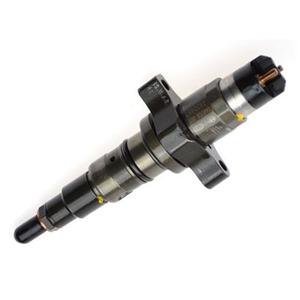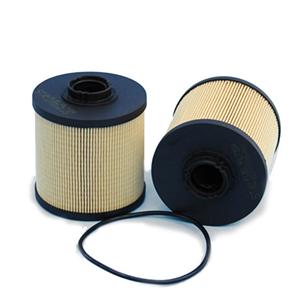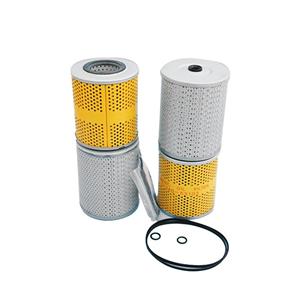Judging the Running Status of a Diesel Engine by Its Smoke Color
When the diesel engine of a diesel generator set is running, the fuel burns in the cylinder and generates exhaust smoke which will be discharged into the atmosphere through an exhaust pipe. When the diesel engine is working properly and the fuel is completely burned, the exhaust smoke will mainly include water vapor (H2O), carbon dioxide (CO2) and nitrogen (N2), and the exhaust smoke is generally light gray. When the fuel is incompletely burned or the diesel engine is not working properly, there could be hydrocarbon (HC), carbon monoxide (CO), nitrogen oxide (NOx) and carbon particles in the exhaust smoke and the color of the exhaust smoke will be white, black or blue. The color of the engine smoke can reflect the fuel combustion condition and the engine running status. Therefore, the generator technician can judge the technical state of the engine through the color of the engine exhaust smoke.
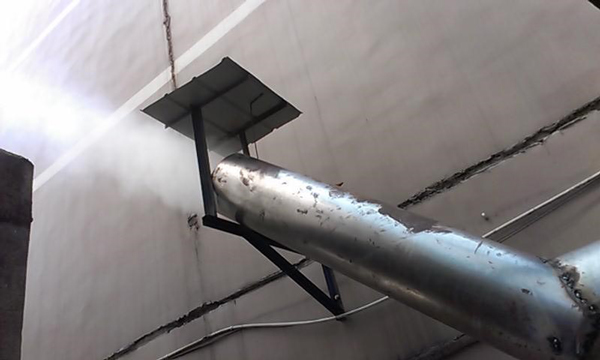
1. Black Smoke
The black smoke in the exhaust mainly includes carbon particles that fuel incompletely burned.
Common Causes of Black Smoke:
• Clogged air cleaner
• Damaged injectors
• Bent injector nozzles
• Incorrect injector timing
• Clogged air, fuel or oil filters
• Damaged injection pump
• Damaged/clogged egr cooler
• Damaged turbocharger
• Damaged intercooler
• Over-fueling the engine
• Wrong blend of diesel fuel for temperature
• Cracked or clogged valves in cylinder head
• Improper valve clearance
• Low compression due to damaged piston rings
• Excessive engine sludge build up
For diesel engines exhausting black smoke, technicians can fix the problem by make corresponding adjustments after inspecting the high pressure oil pump, checking the cylinder compression pressure, cleaning air inlet way and adjusting advance angle.
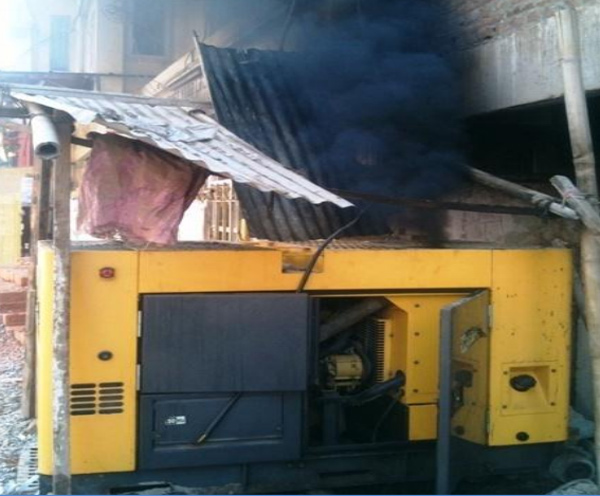
2. White Smoke
The white smoke in the exhaust mainly includes fuel particles or water vapor that is not sufficiently atomized and burned.
Common Causes of White Smoke:
• Damaged injectors
• Faulty injection timing
• Damaged crankshaft keyway
• Damaged timing gear
• Low cylinder compression
• Damaged rings or cylinder liners
• Water mixed in the diesel fuel (cracked head smokekets, cylinder head or block)
• Damaged fuel lines
• Low fuel pressure to the fuel pump
• Damaged or incorrect fuel pump timing
When it is a cold start, the engine may exhaust white smoke, and it should be regarded as normal if it is disappeared after the engine is warm. If the white smoke is still coming when the engine has already been in normal operation for a while, it is a fault. The coolant in the radiator should be checked, and you should also check whether all cylinders work normal and whether the oil-water separator is with too much water.
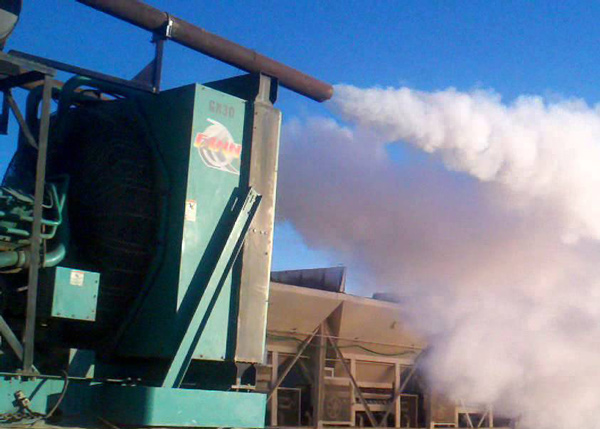
3. Blue Smoke
The blue smoke in the exhaust is mainly the result of over-combustion in the combustion chamber.
Common Causes of Blue Smoke:
• Damaged or worn piston rings
• Damaged or worn cylinders
• Damaged or worn guides
• Damaged or worn stem seals
• Overfill of engine with oil
• Damaged lift pump
• Fuel mixed with oil
• Cylinder glaze burning
• Wrong grade of oil

Generally, engine exhausting smoke should be inspected when engine is warm, and you need to analyze the change or switch of smoke color in low speed, medium speed, high speed and acceleration process. No matter the color of the smoke it is not something you should ignore. A properly working and maintained diesel engine should produce no visible smoke. Make sure to shut down the engine immediately if you encounter excessive smoke as further heat or load could severely damage the engine further.

